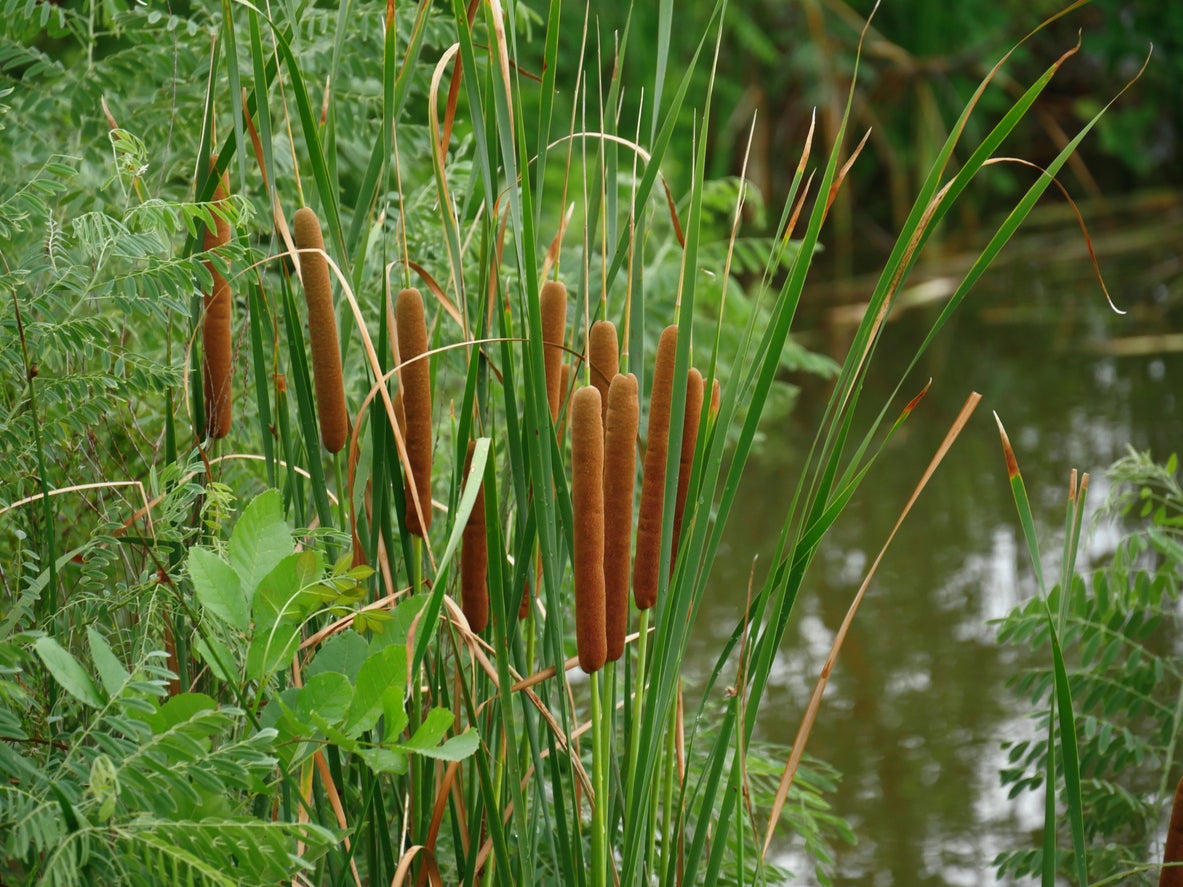Survival Plants – Information About Plants You Can Eat In The Wild


In recent years, the concept of foraging for wild edible plants has gained popularity. Depending on where you live, various survival type plants can be found in uninhabited or neglected spaces. While the idea of harvesting wild plants for survival is not new, familiarizing oneself with edible wild plants and the safety concerns surrounding these plants, can broaden a gardeners’ horizons. You never know when you might find yourself in a predicament where relying upon such plants for survival becomes necessary.
About Survival Plants
When it comes to plants that you can eat in the wild, it is first important to establish whether or not consuming the plant will be safe. When foraging for edible wild plants, they should never be consumed without absolute positive identification that they are safe to eat. This is especially important, as many edible plants closely resemble others that are toxic to humans.
Foragers also need to consider the source of the plant. While some edible plants can commonly be found growing in fields and along roadsides, it is important to note that many of these areas are often treated with herbicides or other chemicals. Avoiding contamination from chemicals or water runoff is imperative.
Choosing plants you can eat in the wild does not end there. The use of the Universal Edibility Test will further help foragers to safely begin eating the identified plants. Foragers should never consume any plant which has not been identified with certainty, as the results may be life threatening.
Before harvesting any edible plant parts, check restrictions and local laws regarding their collection. In some cases, this may also include obtaining permission from home or land owners. When making the choice to harvest edible wild plants, like cattails, select only produce which appears healthy and disease free. Rinse the edible plants thoroughly before use.
While most people don't have access to large spaces for foraging, many of these plants can be found within our own backyards. Plants such as dandelions, lamb’s quarters, and mulberry trees are all commonly found growing in untreated yard spaces.
Disclaimer: The contents of this article is for educational and gardening purposes only. Before using or ingesting ANY herb or plant for medicinal purposes or otherwise, please consult a physician, medical herbalist or other suitable professional for advice.
Sign up for the Gardening Know How newsletter today and receive a free copy of our e-book "How to Grow Delicious Tomatoes".

Tonya Barnett has been gardening for 13 years. Flowers are her passion. She has transformed her backyard into a cut flower garden, which she regularly chronicles on her YouTube channel http://www.youtube.com/@tonyawiththeflowers.